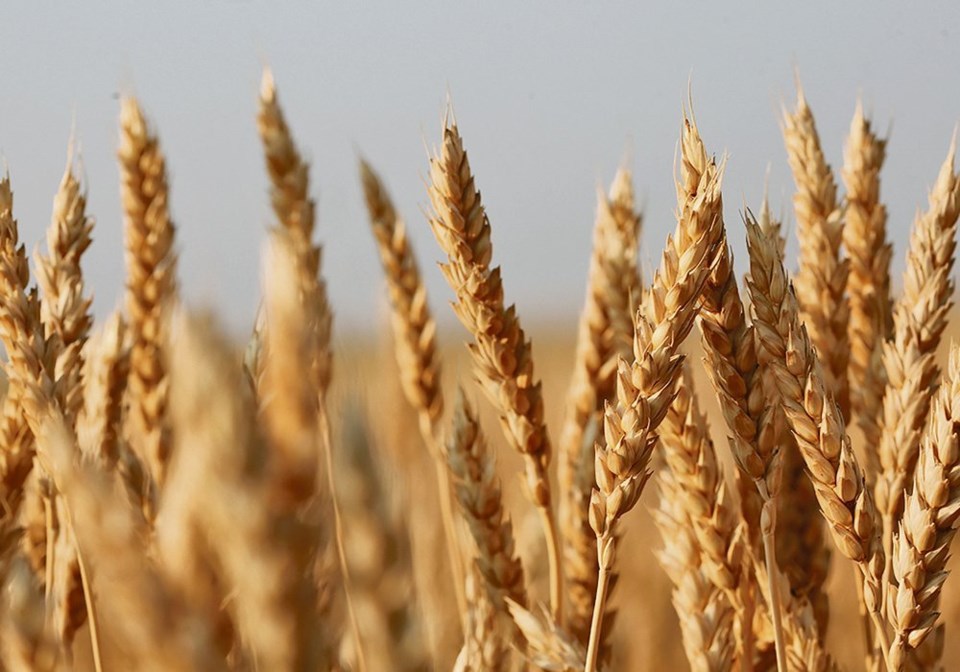WESTERN PRODUCER — Canada’s spring wheat yields will be slightly above average while canola yields will be slightly below normal, according to an early-August crop tour conducted by Argus Media.
The company is forecasting a spring wheat yield of 53.3 bushels per acre, eclipsing the Olympic five-year average of 52.4 bu. per acre.
The canola forecast is 41 bu. per acre, which is slightly below the five-year average of 41.6 bu. That average does not include the drought-ravaged 2021 season.
Two cars were used for the tour. One covered a winding route between Winnipeg and Saskatoon, while the other travelled in a large circle between Saskatoon and Calgary.
Each car covered more than 2,000 kilometres of prairie farmland in five days, representing an estimated 80 percent of the total prairie growing region.
Yield estimates were based on a mix of conversations with farmers and random plot counts.
Maxence Devillers, a grain analyst with Argus Media, said spring wheat yields were above average through most of Alberta but below average in a large portion of western Saskatchewan.
Argus is forecasting 26 million tonnes of spring wheat production and 28.4 million tonnes of spring and winter wheat production.
That would be the third largest non-durum wheat crop in history behind 2013 and 2020.
Argus partnered with LeftField Commodity Research on the tour.
LeftField vice-president Jonathon Driedger said the canola crop got off to a challenging start in the western Prairies due to dry conditions.
“It got to the point where it looked quite dire until there were some timely rains,” he said.
It was the opposite scenario in the eastern Prairies where it was way too wet.
“It also was perhaps close to being an utter disaster until there was a window of some favourable weather to get the crop in,” Driedger said in a webinar organized by Argus.
The crop is now generally in good condition, although there are some areas where it is quite late. Many canola fields were still blooming during the early-August tour.
He is particularly concerned about frost damage in an area west of Saskatoon stretching to the Alberta border and a circle around Edmonton and Calgary.
Driedger is forecasting 19.6 million tonnes of canola production, which would be tied for the fourth largest crop on record behind 2017, 2018 and 2019.
He noted that Canada’s canola production has been essentially stagnant for the last seven years, with the exception of last year’s drought disaster.
That should be worrisome for importers because domestic crush is forecast to rise to 16 million tonnes by 2025-26, up from an estimated 10 million tonnes in 2022-23.
Contact [email protected]




